Hemp oil for hair - how does it work? How to apply? What are the effects?
min. reading
The cosmetics industry is paying more and more attention to hemp-based raw materials. One of them is hemp oil, which is found in the composition of many creams, lotions and also shampoos and hair conditioners. It turns out that the use of hemp oil for hair and body care has been around since ancient times. What are the properties of hemp oil and what makes hemp seed oil stand out in the context of hair care? Answers to these and other questions can be found in the rest of the article.
Table of Contents
Effects of hemp oil on hair and more!
Due to the abundance of various phytochemicals, hemp seed oil has a very broad effect on the human body. The sheer content of the aforementioned essential fatty acids (EFAs) has a regulatory effect on the functioning of most systems in the human body. These fats, otherwise known as omega acids, are referred to as essential for a reason. Our body can’t synthesize them on its own, and as a result – for the body to function properly, we need to supply them with food. Just two tablespoons of hemp seed oil, or about 20 ml (30 g), meet the daily requirement for the essential fatty acids EPA and DHA. In addition, the oil is also a treasure trove of vitamins, especially fat-soluble ones, as well as micro- and macronutrients and many other groups of phytosubstances. It contains a sizable amount of antioxidant tocopherols, which reduce the risk of cardiovascular disease and cancer, as well as regulating cholesterol, phytosterols and regenerating the liver.
Hemp oil is a source of numerous health-promoting compounds with excellent bioavailability. A unique feature for hemp seed oil is that it contains as many as 3 families of omega acids. Most vegetable oils usually have only one of the EFA acids, so this is quite unusual. In addition, the ratio of omega-6 to omega-3 fatty acids in hemp is 3:1 (6:1 to 4:1 in fish), which is an excellent ratio recommended for human health. According to a study by The Center for Genetics, Nutrition and Health of New York, a disproportion in the consumption of these acids can promote the development of heart disease or cancer. Hemp seed oil is undoubtedly one of the most valuable vegetable oils. It has proven body-supporting properties, nullifying inflammation and alleviating cardiovascular and skeletal diseases, autoimmune diseases, problems of lowered immunity and skin problems of various origins.
Hemp oil ingredients – vitamins, minerals
As already stated, hemp seed oil is one of the few vegetable oils that has fats included in the 3 families of omega acids. These fatty acids are:
- of the omega 3 family: alpha -linolenic acid (ALA) and stearic acid (SDA), fatty acids
- of the omega 6 family: linoleic acid (LA) and gamma-linolenic acid (GLA)
- and oleic acid from the omega 9 family of fatty acids.
One tablespoon of oil contains as much as 2,000 mg of omega 3 fatty acid. In the composition of the oil we can also find a whole range of vitamins, especially high content of A, D, E and also vitamins B1, B2, B3, B6, C, and PP. Raw oil pressed from hemp seeds is exceptionally rich in vitamin E. Depending on the variety, vitamin E content ranges between 80 mg and 110 mg/100 g. So one tablespoon of hemp oil can meet the daily requirement for this vitamin (15 mg). In addition, there are mineral compounds such as calcium, magnesium, iron, zinc, selenium, chromium, copper, manganese, boron. That’s not all, oil pressed from hemp seeds also contains protein amino acids, phytosterols, tocopherols, phospholipids and chlorophyll.
How does hemp oil work on hair?
The nurturing and beautifying properties of hemp seed oil have been known for millennia. Traces of the use of vegetable oils, including hemp oil for hair, date back to ancient times. Ancient women rubbed their bodies with it and used it for hair care. Today we know that hemp oil has a number of wonderful properties for nourishing and rejuvenating the skin and hair.
The composition of hemp seed oil is full of antioxidants that help protect cells from free radical damage. It is a rich source of youth vitamins: A and E, which exert a protective effect on the hair structure, giving it shine and elasticity. They will also stimulate hair growth. In addition to fatty acids and vitamins, the oil will also contain phytosterols, phospholipids and chlorophyll, which show photoprotective and antioxidant effects. Using hemp oil after washing the hair, we gain natural sun protection, as the ingredients contained in it protect against UVA radiation. The composition of phytochemicals contained in hemp oil has a multidimensional effect – it improves not only the appearance and condition of hair, but also strengthens the roots and supports the scalp. Regular application of the oil to the hair allows it to maintain proper hydration and lipid balance. The hair becomes stronger, healthier, flexible, gains shine and is much more manageable.
For what type of hair should hemp oil be used?
Hemp seed oil is a versatile product that can be used for various hair types, even when dealing with specific issues like sensitive scalp or oily hair. There are many ways to use hemp oil. You can apply it only to the ends of your hair, use it as a pre-shampoo treatment, or apply it directly to the scalp. It all depends on the desired effect and the type of hair care you want to perform. It’s important to remember that hemp oil is safe and very gentle. Even for serious scalp issues and inflammatory conditions, it can provide beneficial effects. Hemp oil is not among the very oily oils. You can add a small amount to your shampoo or conditioner before applying. Despite its oily consistency, it doesn’t weigh down the hair, so even people with thin, low-porosity hair can use it. However, those with dry, dull, and frizzy hair will benefit the most from using hemp oil in their hair care routine.
Hemp Oil for Oily Hair
People with oily hair typically have an issue with excessive sebum production. Sometimes it’s so much that they need to wash their hair every day, which further exacerbates the oiliness. Essential unsaturated fatty acids, especially alpha-linolenic acid, have been shown to regulate the sebaceous glands’ activity on the scalp. Since this acid is one of the components of human sebum, it helps reduce gland activity. Insufficient levels of this acid lead to excessive sebum production by the scalp, resulting in oily hair and inflammatory conditions. Therefore, applying hemp oil directly to the scalp can significantly reduce sebum secretion by regulating the sebaceous glands’ activity.
Hemp Oil for Damaged Hair
The extensive use of hemp oil brings many benefits for various hair types, but it’s particularly effective for damaged hair. It’s an excellent remedy for dull, rough, tangled hair that lacks luster. A report published in the Journal of Drugs in Dermatology demonstrated that hemp oil can significantly smooth the hair by altering its structure, making it easier to comb and style. Oil treatment with hemp seed oil helps maintain the proper moisture level of the hair and restores its lipid balance. Additionally, the oil restores hair shine by sealing the open hair cuticles and deeply nourishing them. This protects the hair from damage caused by excessive water in its structure. Oil treatment makes the hair easier to comb, more elastic, and less prone to breakage and split ends. The high vitamin E content also provides additional protection against damage caused by external factors such as wind, rain, heat, and sunlight.
Hemp Oil for Dandruff
For many people, dandruff is a very embarrassing issue. The scalp excessively flakes, and white patches are visible on the hair, sometimes even on clothing. Hemp seed oil can be very helpful in cases of dandruff. Hemp oil has the potential to regulate the sebaceous glands, which, under certain conditions, can limit the growth of fungi that cause dandruff. Using anti-dandruff shampoos containing irritating and drying ingredients can sometimes even worsen the condition. Hemp seed oil is a safer and gentler way to care for the skin affected by this problem, also due to its soothing properties. One of the accompanying symptoms of dandruff is scalp itching. Due to the presence of anti-inflammatory substances (vitamins A, E, omega acids), hemp oil can reduce itching and redness, reducing the urge to scratch the scalp.
How to Use Hemp Oil for Hair?
Hemp seed oil can bring many hair care benefits for different hair types. It all depends on how you apply it and the amount of oil used. There are many different ways to use hemp oil; for example, you can apply it dry or wet. You can apply it to the entire length of the hair, just the ends, or the scalp. You can apply it after washing or oil your hair before washing. During washing, you can also add it to shampoo or conditioner. Hair care with hemp oil may, and even should, look slightly different for each hair type.
1. Porous Hair
We can distinguish three types of hair porosity: low porosity, medium porosity, and high porosity. The latter usually present the greatest challenge in care as they are highly susceptible to damage. They often become dry, frizzy, dull, and difficult to detangle. This results from their structure, specifically from the raised hair cuticles, which in the case of this type of hair are the most raised and irregularly distributed. Hemp seed oil, thanks to its content of omega-3 and omega-6 fatty acids, helps to close the hair cuticles, nourish the hair, and retain moisture inside, preventing dryness.
For this type of hair, it is best to use overnight oil treatment. The oil can be applied to the entire hair and scalp or just to the hair. Another quicker method of incorporating oil into hair care is by adding a few drops to shampoo or conditioner. You can also prepare a nourishing homemade mask with the addition of hemp seed oil. When the hair looks dry or frizzy after styling, it’s worth rubbing a few drops of oil into the hair ends, avoiding the higher parts. Regular care with hemp seed oil can significantly improve the condition of high-porosity hair. After the first week, the hair should be easier to detangle and more elastic. Continued use will help to close the hair cuticles, giving the hair a silky texture and beautiful shine.
2. Damaged Hair
There can be many reasons for hair damage. Improper styling, hair treatments such as dyeing, and sometimes simply the nature of the hair and lack of proper care can contribute to its degradation. External factors such as wind, sun, rain, or high temperatures also play a role. Damaged hair can become dry, often only in certain areas, such as the ends. Split ends and uneven hair structure may also be visible. Hemp oil protects the hair from damage caused by external factors.
For damaged hair, apply the oil primarily to the areas of dryness and damage. This can be done both dry, as part of daily regular care, and wet, after washing the hair, before styling. Additionally, it’s worth introducing hemp oil as a regular reconstructive and regenerative treatment for damaged hair. A small amount of oil should be applied to the entire length of the hair, starting from the scalp and moving towards the ends. The oil can be left on the hair for several hours or overnight. Then, wash the hair with a gentle shampoo. The result of using hemp oil for damaged hair will be its regeneration, moisturization, and restoration of elasticity. Sometimes, however, it may be necessary to trim the ends and introduce new care habits for refreshed hair.
3. Dry Hair and Sensitive, Itchy Scalp
The most common cause of dry hair is a disruption in sebum production. As is known, the right amount of sebum is needed to protect the hair. Excessive hair washing, inappropriate water temperature, aggressive cosmetic ingredients that irritate the scalp, and treatments using high temperatures can contribute to scalp dryness. Dry scalp can manifest as itching, burning, redness, as well as dryness and flaking, and even hair loss. Hemp oil, thanks to its anti-inflammatory properties, can protect the scalp from irritation. It will repair the lipid layer of the epidermis and restore balance in sebum production. The omega acids contained in the oil will perfectly moisturize the scalp and hair. It’s enough to do oil treatment for hair and scalp once a week to achieve deep moisturization and soothing of the scalp. In the case of dry hair, the oil can be used as daily moisturizing by applying a small amount to the driest strands.
4. Oily Hair
Excessive hair oiliness is also a problem related to sebum production, but in this case, the sebaceous glands produce too much of it. Excessive sebum production manifests as hair oiliness. The cause of this disorder may be too frequent hair washing or cosmetics containing aggressive chemicals. Hemp seed oil is able to balance sebum production by acting directly on the sebaceous glands and hair. The better moisturized the hair, the less need for protection and, consequently, less sebum production. The best solution is to apply hemp seed oil directly to the scalp. In this case, scalp and hair oil treatment works best. It’s best to leave the oil on the hair for several hours, but if this is not possible, the minimum time for such care is 30 minutes. Thanks to the essential unsaturated fatty acids contained in the oil, sebum production on the scalp will become more balanced.
5. Split Ends
Many people complain of having problems with split ends. They become dry, often split, and frayed. An excellent remedy for split ends is to apply hemp seed oil. The so-called hot oil treatment will help the oil penetrate deeper into the hair to nourish it. Simply heat the oil slightly in a water bath and apply it generously to the hair from mid-length to ends while still warm. The hair can then be tied up. It’s worth waiting about an hour before washing the oil out of the hair. During this time, the cooling oil will close the hair cuticles. After the treatment, the hair ends should be regenerated and elastic. Regularly trimming the ends is an essential part of growing and caring for hair. It’s worth remembering this and combining it with proper care.
6. Fine and Delicate Hair
This hair type is usually less problematic. Fine hair should be treated occasionally with a volumizing mask and volumizing shampoos. However, adding hemp oil to shampoo or conditioner may not be a good idea in this case. Fine hair is very easy to weigh down, making it look greasy. Therefore, people with straight and thin hair should use hemp oil as a pre-wash moisturizer. Only in the case of dryness and damage to the ends should the oil be applied to the hair ends, but no more than once a week.
Hair Oil Treatment with Hemp Oil Step by Step
The method of oiling hair is as old as time. Women in ancient Egypt or ancient Greece used oils on their hair for care purposes. Oil treatment is simply a procedure aimed at deeply nourishing the hair and scalp using plant-based oil. As it turns out, hemp seed oil is an excellent base for oiling because it has excellent nurturing, regenerative, and anti-inflammatory properties. The oiling procedure is very simple and can be done at home. Depending on the hair type and the main goal of the treatment, it can be performed in different ways.
There is dry oiling – applying oil to dry hair, or wet oiling – when oil is applied to washed, not dried hair. Other types of oiling include overnight oiling, where the oil is kept under a cap to avoid staining the bedding, or a 30-minute oiling, which is a quick regenerative treatment. In the case of short-term oiling methods, it is worth using warm oil directly on the hair. Another way of oiling with heat is to apply oil and heat the hair using a special sauna. Then, under the influence of heat, the hair cuticles will open, allowing the nourishing substances to penetrate deeper into the hair.
How to Perform Hair Oil Treatment with Hemp Oil? It’s best to set aside a few hours for this purpose – which we can spend at home doing housework or watching TV. Hemp seed oil can be used for various types of hair, including problematic ones, such as oily or dry hair. For the treatment, you will need about 30 – 100 ml of hemp seed oil. The exact amount depends on the length of our hair and how much oil we intend to apply to the hair. The oiling can be done on the hair alone or additionally applied to the scalp. For high-porosity and oily hair, it’s worth applying oil to the entire scalp. For thin and slightly dry hair, it’s enough to apply oil to the hair, avoiding the scalp. The oiled hair can be tied into a ponytail or gently pinned up. Additionally, you can apply a plastic cap and wrap your hair with a towel – then, under the influence of heat, the hair will absorb more valuable substances. This will ensure better final results. The ideal oiling time is a few hours. However, if we aim for deep regeneration, it’s worth extending this period and leaving the oil on overnight. When it’s time to wash, wash your hair with a gentle shampoo using lukewarm water. The result of oiling is not only hair regeneration and improvement of its condition but also soothing the scalp and regulating sebum secretion.
Can hemp oil be added to shampoo or conditioner?
A perfect way to express hair and scalp regeneration is to add hemp oil to ready-made shampoos or conditioners. Just a few drops of oil – more may weigh down the hair, to achieve the effect of visible moisturizing and smoothing of the hair. This method does not yield as spectacular results as oiling the hair, but it will certainly have a positive effect on improving their condition. In the case of treatments using natural ingredients, such as hemp oil, consistency is key. Therefore, the method of adding oil to our care cosmetics is an excellent way to improve the appearance of the hair and the health of the scalp. Not every hair type will benefit from adding oil to shampoo. For thin and sparse hair, it is better to apply a bit of oil to the ends rather than use it together with shampoo. The result may be hair weighing down. This method is particularly recommended for owners of high-porosity, damaged, and dry hair.
Hemp hair mask – recipe
In addition to incorporating hemp seed oil into ready-made cosmetic products, you can also prepare a homemade, nourishing mask with hemp oil. Homemade masks are often free from any harmful substances, making them safe for the scalp and, above all, very effective. The recipe for a hemp oil mask below is suitable for all hair types. It can be particularly valuable for dry and dull hair. It will be an excellent form of regeneration for damaged, dry hair and sensitive, dry scalp. It can be used twice a week, but each time it should be prepared anew and used immediately.
Summary:
- Hemp seed oil has been used as a hair care ingredient since ancient times.
- Many cosmetic companies have recognized the beneficial properties of hemp seed oil. There is an increasing number of hair products containing hemp oil on the market.
- Active ingredients in hemp oil, including essential fatty acids, vitamins E and A, phytosterols, and phospholipids, have a positive impact on the condition of both hair and scalp.
- Omega-3, 6, and 9 fatty acids make up 80% of hemp oil composition. They exhibit anti-inflammatory and regenerative properties.
- These fatty acids protect hair from moisture loss and harmful external factors, serving as a natural protective barrier for the scalp. Additionally, omega fatty acids help reduce hair greasiness and soothe itchy and irritated scalp.
- Rare fatty acids such as GLA and ALA found in hemp oil have anti-inflammatory, anti-allergic, and soothing properties. They improve scalp blood circulation, which can strengthen hair follicles and reduce hair loss.
- Hemp seed oil can be used regardless of hair type, but it is particularly effective for dry, brittle hair prone to frizz and tangling.

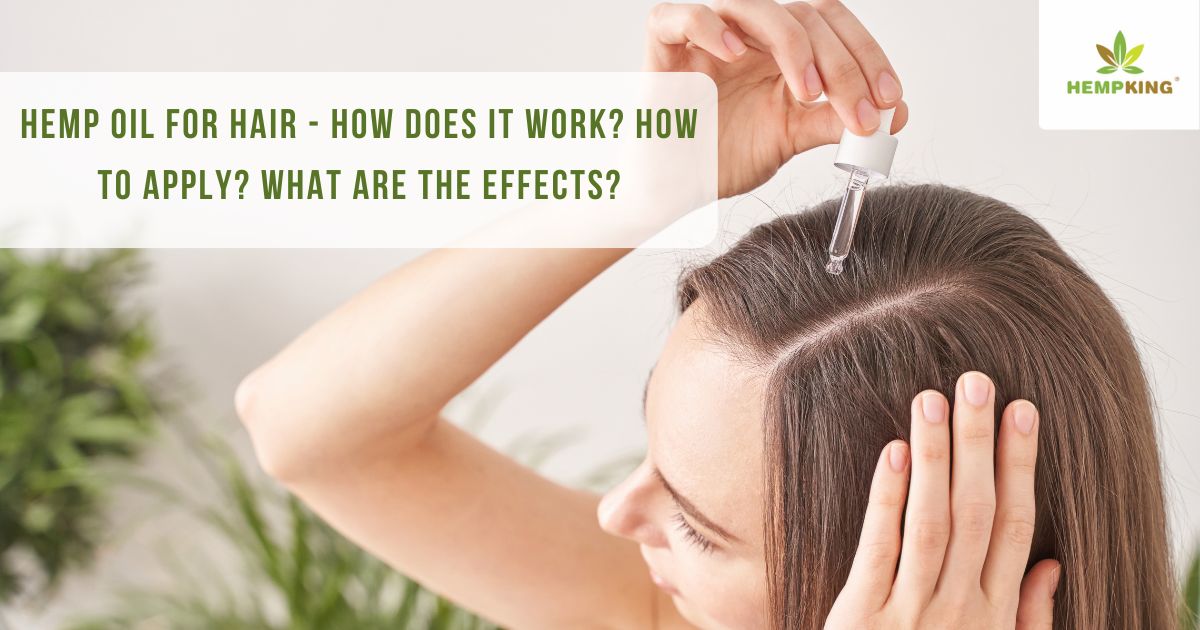
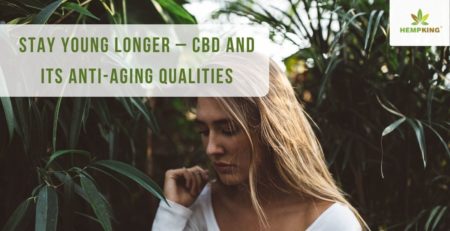
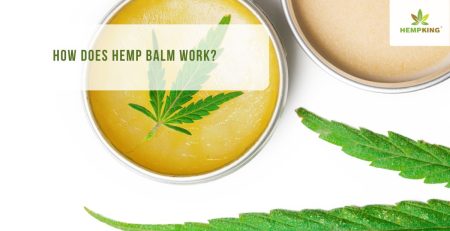
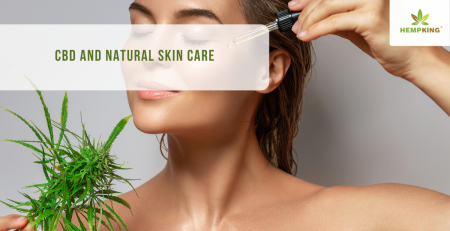
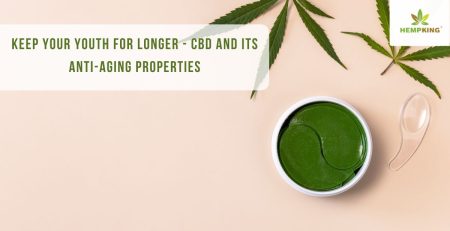
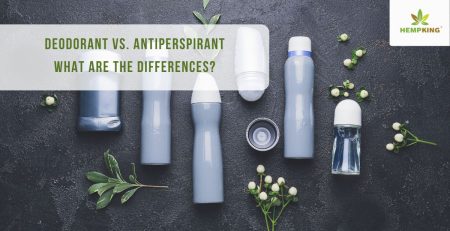
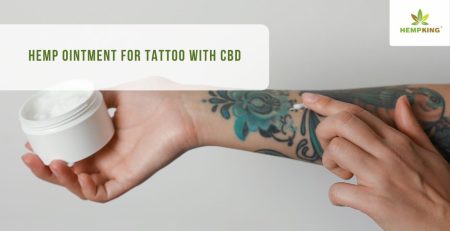
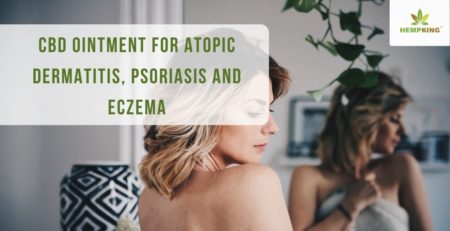
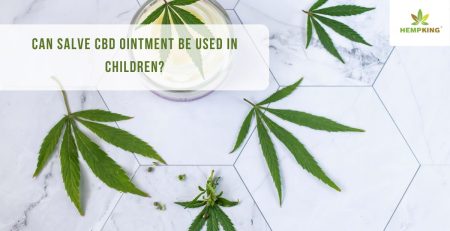



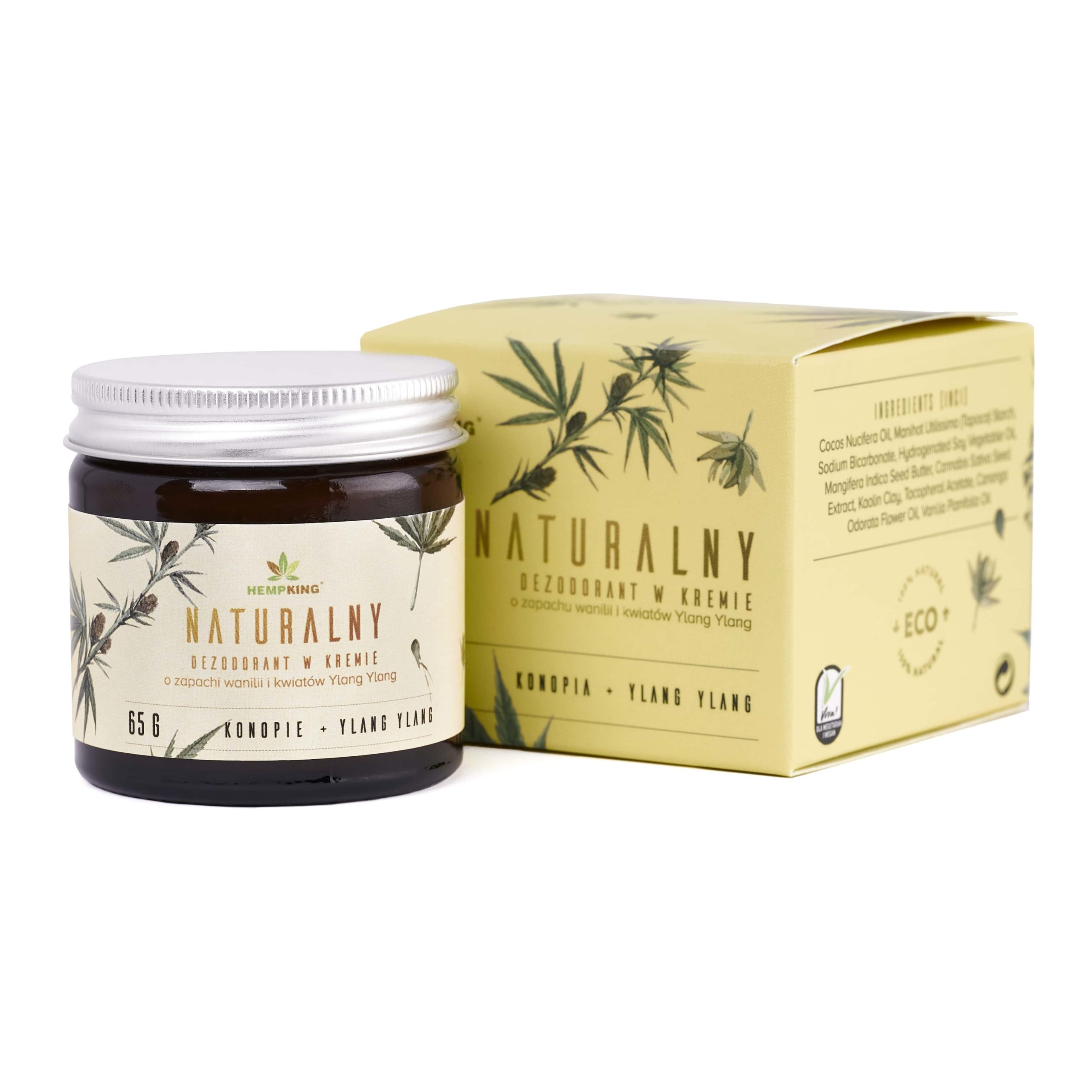
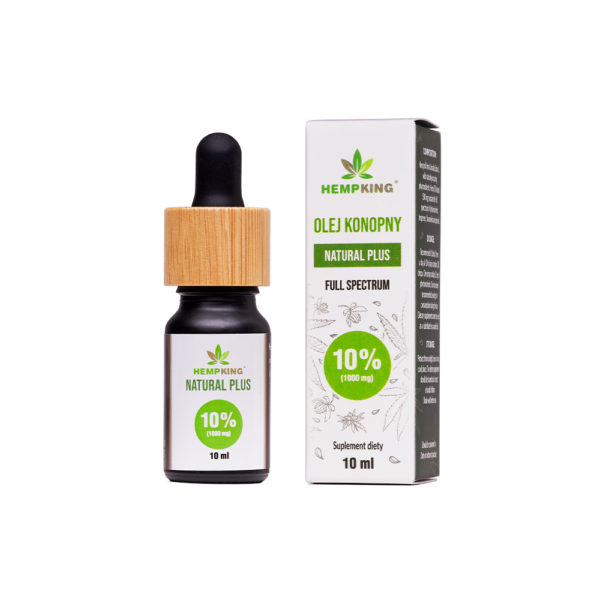
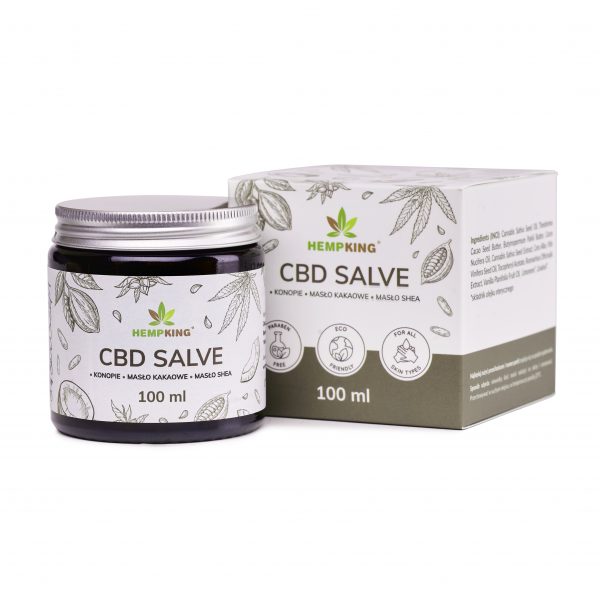
 Facebook
Facebook Instagram
Instagram

Leave a Reply